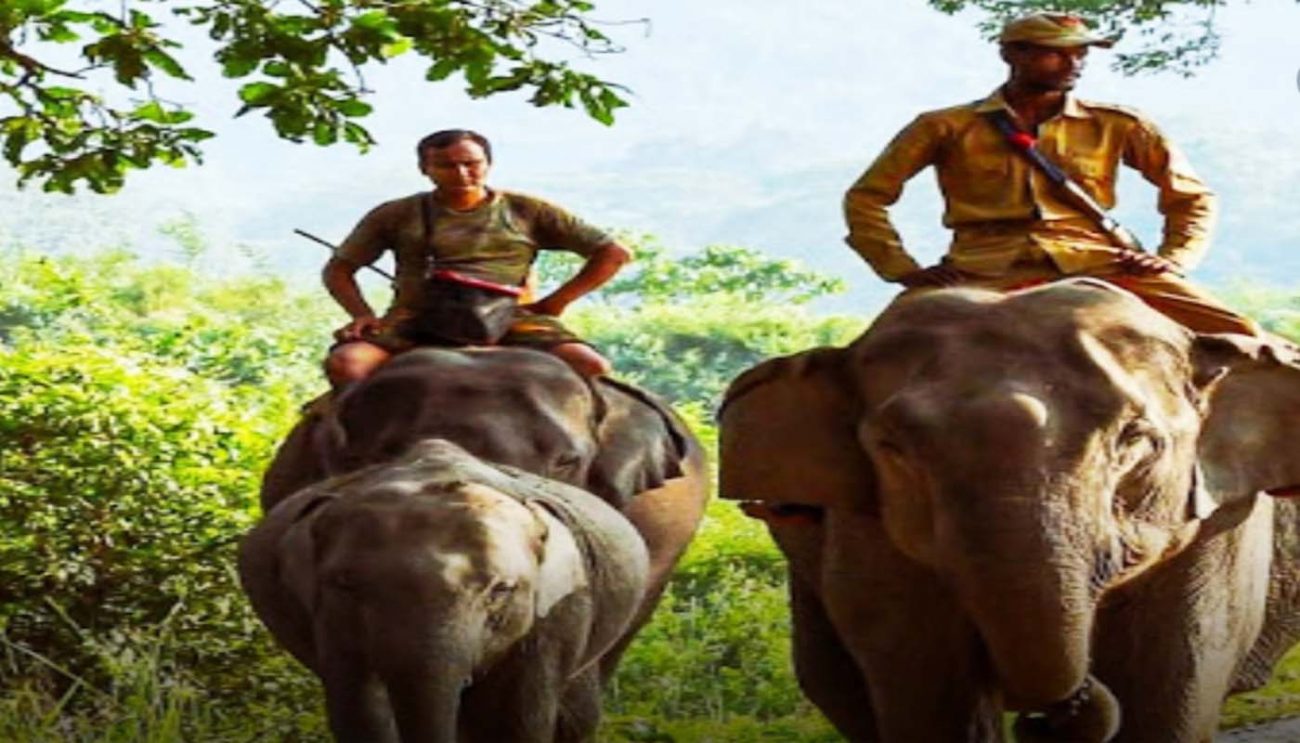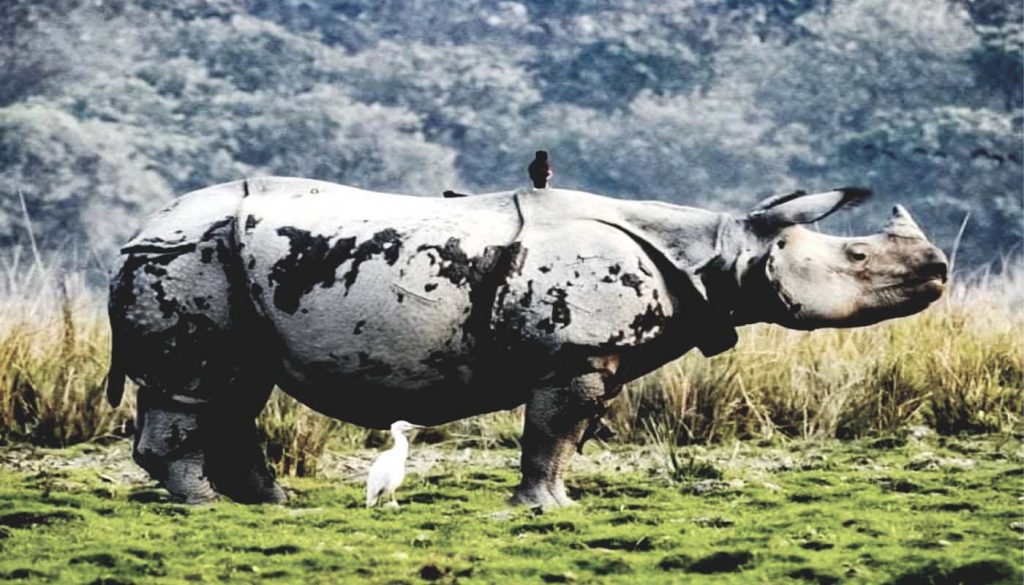64,000 tourists visit Assam’s Kaziranga National Park since it reopened in October
Park restricts poaching, creates five wetlands, and introduces boat and bicycle exploration

By Manoj Kumar Ojha
Guwahati, Jan 03 : Within 70 days of the reopening of Kaziranga National Park and Tiger Reserve, more than 64,000 tourists have visited the sanctuary—leading to a revenue collection of Rs 127.32 lakh.
The park’s field director P Sivakumar said, “Since October 21, 2020, 64,100 tourists have visited Kaziranga and the revenue collected during this period has been Rs 127.32 lakh.” In 2018-19, over 47,10,971 domestic tourists and 25,739 foreign tourists had visited the park.
Kaziranga national park which lies in the Golaghat, Karbi Anglong, and Nagaon districts of Assam, hosts two-thirds of the one-horned rhinoceros. It is a world heritage site and usually remains closed between June and September because of annual floods.

Poaching and other crimes
“The park authorities have been able to successfully restrict rhino poaching. Only two rhinos could be poached in 2020,” said Sivakumar.
He further said that 66 cases, including 17 rhino-related cases, were booked during the year while 95 people were arrested in 38 rhinoceros and other wildlife crime cases.
According to the March 2018 census, jointly conducted by the forest department and a few wildlife NGOs, the rhino population in Kaziranga National Park is 2,413.
Park additions
In September last year, the Assam government approved the seventh, eighth, and ninth additions to the Kaziranga National Park and Tiger Reserve.
In November, according to a directive of the Guwahati High Court, the civil administration of Bokakhat subdivision under Golaghat district handed over the third and fifth additions to the Eastern Assam Wildlife Division of Kaziranga National Park and Tiger Reserve.
The area of the third addition is 69.76 hectares and that of the fifth addition is 115.36 hectares.
The park’s field director said that five additional wetlands—Chirakhowa, Potahi, Deosur, Haldhibari, and Banderdubi—have also been created as part of water conservation measures.
Recognised as an important bird area by Bird Life International, Kaziranga’s wetlands serve as habitats for many avifaunal species.
Exploring on boats and cycles
Elephants and jeeps are no longer the only modes of regulated transport for viewing rhinos in Kaziranga National Park and Tiger Reserve.
In November, park authorities launched a boat safari in Bhomoraguri, after adding 3,053 hectares to the park. The authorities also renovated an abandoned ferry for use by visitors as a selfie point. Speed boats and country boats are being used.
The focus of eco-tourism measures in the southern additions of the park is trekking and cycling. The objective of the new activities is to generate revenue to take care of the rhino habitat and the communities dependent on the health of the park.


